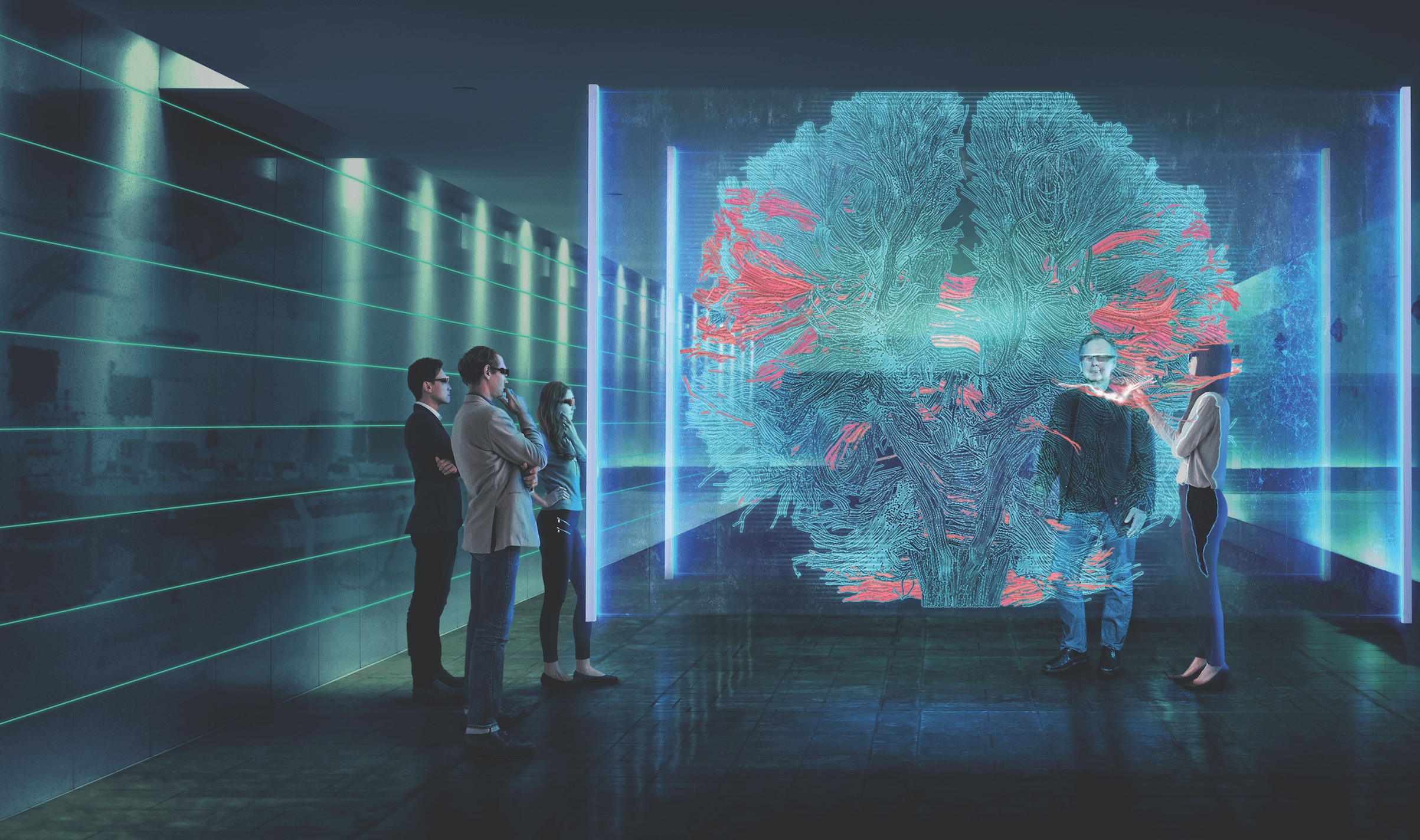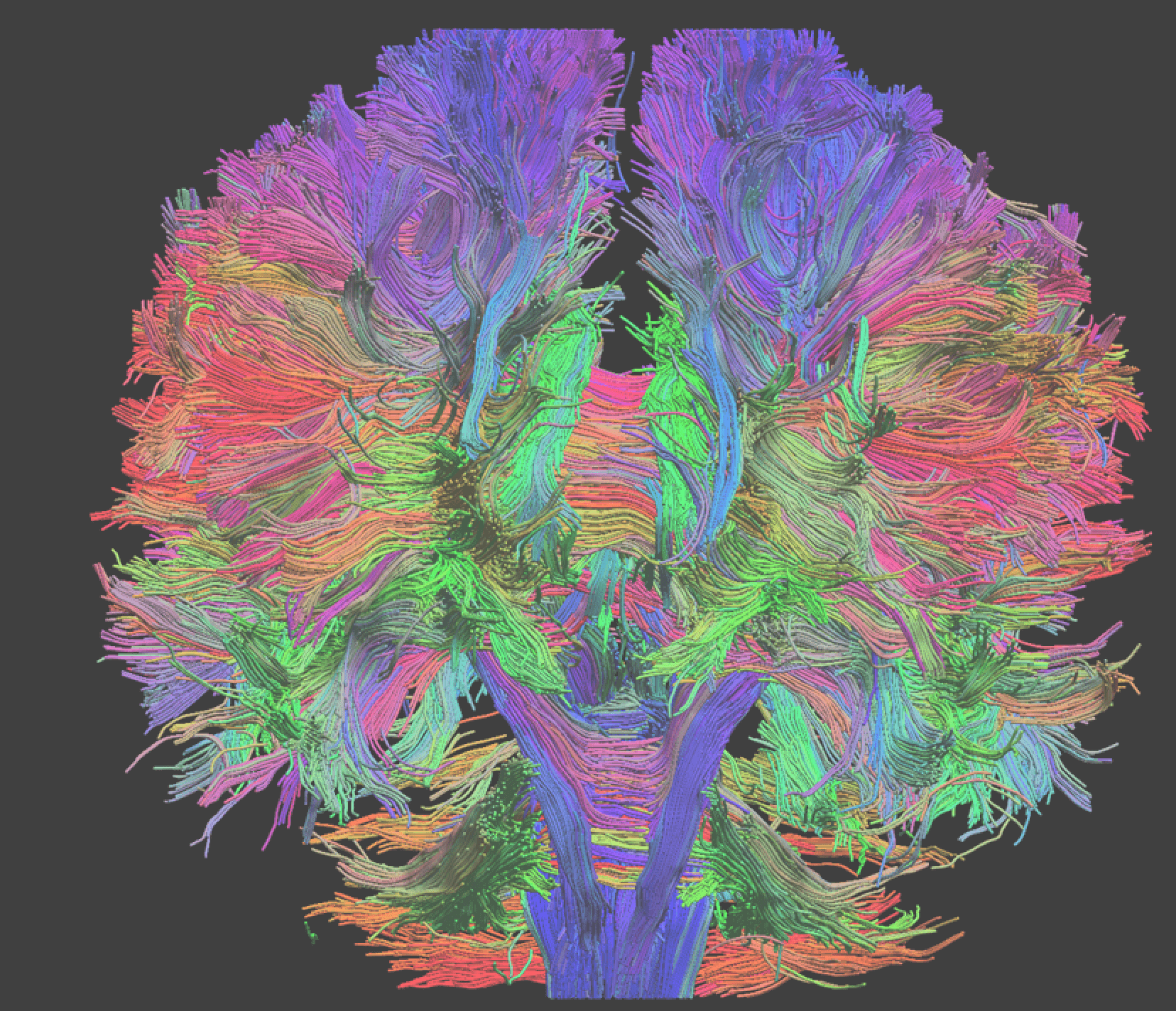Haven’t You Ever Seen a Giant Floating Brain?
Neurons in the human brain fire a few hundred times per second. The computer you might be reading this article on operates at over a billion cycles a second. Yet our brains outclass computers in nearly every way, without ever having to download Microsoft Office updates.
Richard Leahy, Dean’s Professor of Electrical Engineering in the Ming Hsieh Department of Electrical Engineering at USC Viterbi, is bringing us closer to understanding how our brains achieve this remarkable feat. He’s doing that, in part, thanks to a new technology and an ancient affliction: epilepsy.
Epilepsy is a network disease — malfunctioning networks cause devastating and debilitating seizures. To treat it, we need to better understand the brain’s networks. One treatment technique involves implanting electrodes directly into the brain. While invasive, this approach offers a unique and rare chance to monitor electrical activity in a living human brain.
Collaboration is essential for solving today’s hardest problems,” Leahy said. “Humans are highly visual and highly collaborative, so it’s natural for us to solve problems together through visualization.
“Working with epilepsy patients has helped us learn so much about how the brain functions,” Leahy said. “By better characterizing the networks involved in seizures, we hope to assist neurologists and brain surgeons in curing patients, while also improving our understanding of the brain’s capabilities.”
Thanks to a recent grant from the National Institutes of Health shared with the Cleveland Clinic, Leahy is doing just that.
Leahy is using augmented reality, or AR, to help visualize these networks. He and his team developed BrainSuite and BrainStorm, two NIH-funded open-source software tools for generating, analyzing and visualizing brain images created using MRI and EEG/MEG technology. Using a Hololens, a pair of electronically equipped glasses, Leahy can embed virtual three-dimensional versions of his brain images directly in real-world environments including classrooms and hospitals. Clinicians can directly interact with and manipulate these images to better understand the brain and its communication pathways.
More important, several researchers can examine the same image together, as a team.
“Collaboration is essential for solving today’s hardest problems,” Leahy said. “Humans are highly visual and highly collaborative, so it’s natural for us to solve problems together through visualization. While still in its early stages, AR provides the perfect framework for us to do this. AR will become an increasingly important tool in helping doctors and researchers come together to solve the mysteries of the brain.”





